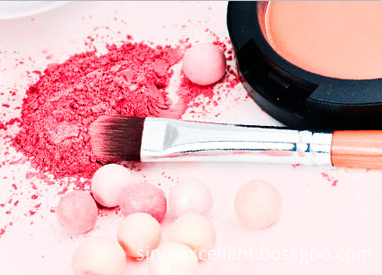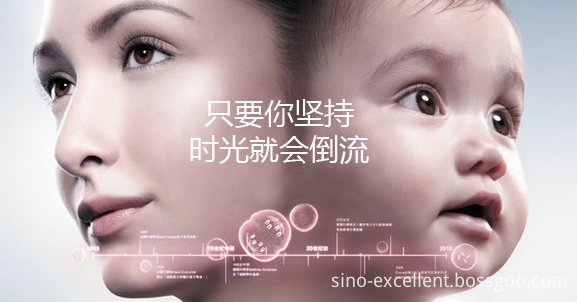Botrytis cinerea is the most common disease in poinsettia cultivation and may occur throughout the growing season in the greenhouse, and parts of the plant may be infected. Since it mainly occurs in winter, it is a poinsettia flowering season. Once it encounters rainy and wet weather, it often gets out of hand.
Botrytis cinerea mainly damages euphorbia pulcherrima, bracts, scapes and young shoots. Young plants sometimes become infected on the surface of cultivated medium. At higher temperatures, grey velvet-like moulds form on this decaying tissue. Black rot appears on mature shoots, and this black rot develops around the shoots, causing wilting in leaves above the damaged surface. When the infested bracts are infested, the red bracts become lavender after they become sick.
First, the onset of disease generally begins with an inflorescence that begins to appear watery lesions, and then gradually expands. The diseased tissue becomes brown to black and decays. In the wet environment, a layer of gray to gray brown mold layer forms in the late stage of the disease. Covered with a layer of pathogenic conidia, pathogenic bacteria continue to spread to the sepals, resulting in initial water-soaked faded spots, which gradually expand into irregular shapes. When the flower is infected, it also turns brown, decays and falls off. The pathogen spreads again to the shoots, producing tan to brown spots on the shoots. The lesions in the late stage were dark brown with depression. When the lesions were severe, they were dry and completely lost their ornamental value.
Pathogens live on dead plant tissues or other organic matter, and are easy to grow and develop in succulent, aged, and injured tissues. They have a wide range of parasitism and are prone to occur at low temperatures and high humidity (relative humidity from 90% to 100%). Too moist, cold, and lack of light. After a day or two, pathogenic bacteria produce large amounts of spores that are released from the air and begin to infect plant tissues. In wet conditions, the diseased area became a gray brown moldy layer. Most of the diseases occur in cold and humid weather. The optimal temperature for the development of the bacteria is about 20°C. The air humidity is highly affected. The bacteria can spread by wind and rain, especially when the rain is fine.
Because Poinsettia is not tolerant to cold, it needs to be cultivated in the greenhouse in winter, and the ventilation conditions in the greenhouse, especially in plastic greenhouses, are poor, and the humidity is relatively high, which can easily cause plants to become infected with gray mold.
Second, control methods
1. Controlling the small environment inhibits the occurrence and spread of pests and diseases. Generally, the temperature and humidity are used to control the development and infection of pathogens. Keep air flowing and reduce the humidity of the environment, especially at night, using small fans to enhance horizontal air flow. Plants should not be placed too densely. Household potted plants can be removed from the balcony. After the illness, watering is controlled to avoid water in the leaf area. Keep the temperature as high as possible above 16°C, especially at flowering.
2. Strengthen the management of increasing phosphorus and potash fertilizers, promote plant robustness, and increase disease resistance. Avoid mechanical damage to plants. Once diseased leaves and diseased branches are found, they are promptly removed and burned in a centralized manner to cut off the source of infection.
3. The agent controls the spraying of 1:1:100 Bordeaux mixture for two or three times in spring to protect new leaves and buds and prevent disease. During the onset period, 65% zeocin zinc 500 times, 50% thiophanate-methyl wettable powder 800 to 1000 times or 75% chlorothalonil wettable powder 600 times can be sprayed. , Botrytis, Shijiale, etc. Medication should be thorough, repeated medication, several agents are used in turn. If the room temperature is sealed in winter, you can use the fumigant, the effect is better.
Ginseng Leaf Extract;Ginseng Berry Extract;Plant sterol ester;Hyaluronic Acid etc. can be widely used in Cosmetic industrial for skin care,
As a very professional supplier of cosmetic in China, we always give our customers best support with good quality in every field, we instant we will be your reliable partner and business support.
Gingseng Leaf Extract UV80% Re 17% HPLC
Ginseng Berry Extract UV80% Re 20% HPLC
Plant sterol ester 70% from pine tree and soybean source
Sodium hyaluronate



Cosmetic
Cosmetic Raw Material,Leaf Extract,Panax Ginseng Berry Extract,Hyaluronic Acid
Excellent Health Products Co.,Ltd. , http://www.sino-excellent.com